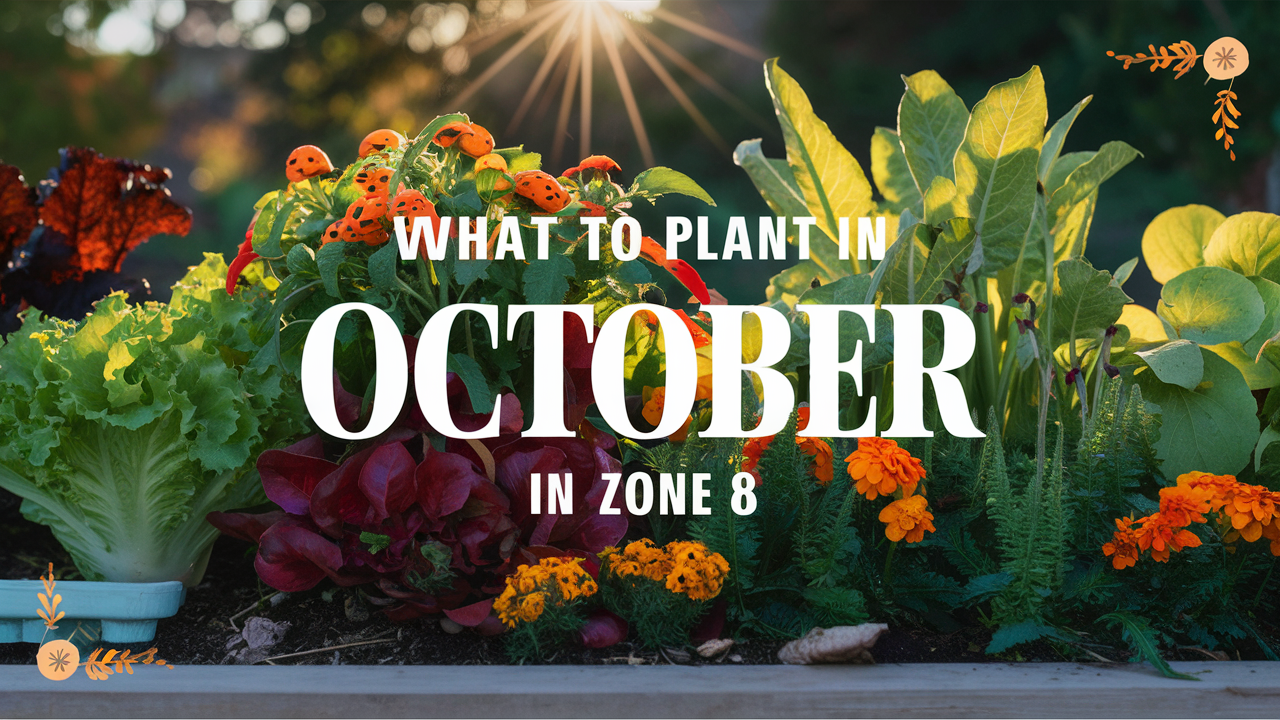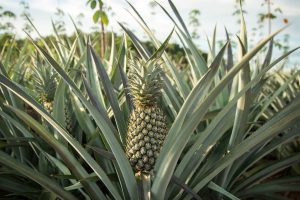October is an exciting and transformative month for gardens in USDA Zone 8. As the cooler weather sets in, it doesn’t mean that gardening must slow down. In fact, this time of year is perfect for planting a variety of vegetables, flowers, herbs, and landscape plants that thrive in mild temperatures.
This guide will provide specific recommendations on what to plant in October, along with tips on temperature tolerances and planting dates.
Vegetables To Plant
October is an ideal time for Zone 8 gardeners to sow a second round of certain crops or to plant crops that are perfectly suited for the cooler months. Here are ten vegetables that are not only suitable for planting in October but will also thrive as the temperatures begin to cool.
Broccoli

Broccoli is a cool-season vegetable that thrives in the mild temperatures of fall. In Zone 8, you can start broccoli seeds indoors by the end of July and transplant them in early October. However, if you missed the indoor planting, you can sow transplants directly in the ground during October. Broccoli prefers temperatures between 50°F and 70°F. Make sure to provide enough sunlight and rich soil for optimal growth. Expect a harvest approximately 70 days after planting.
Kale
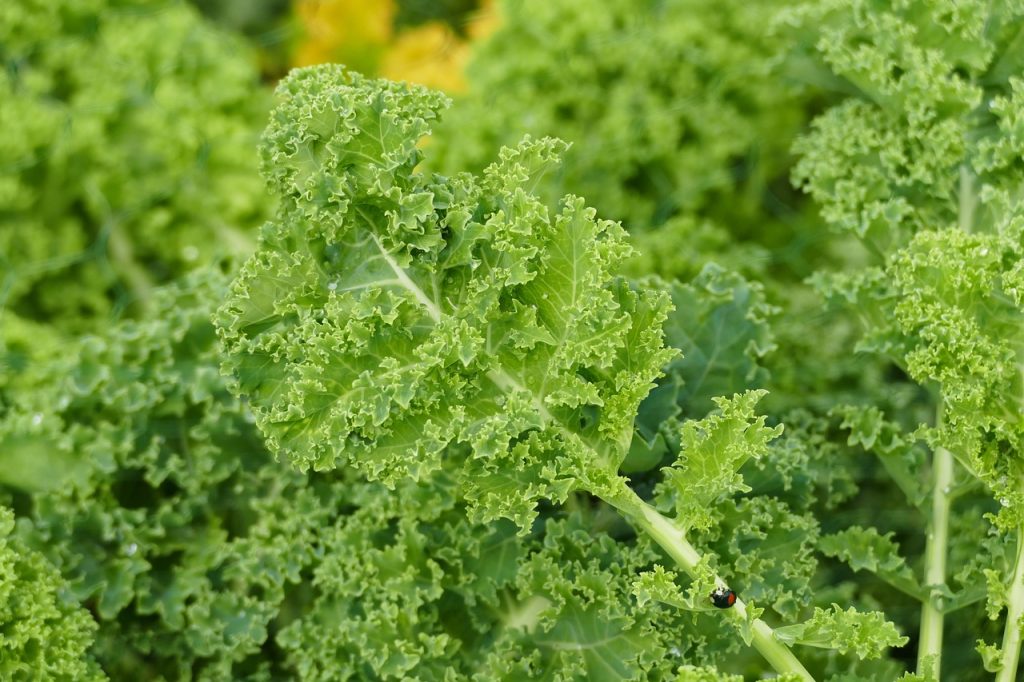
Kale is another resilient vegetable that can be seeded directly in the garden during October. It is extremely cold-tolerant, and its flavor improves after a frost. Plant kale in well-drained soil with plenty of sunlight. The ideal temperature for kale is between 45°F and 75°F. This leafy green can be harvested in as little as 55 days.
Spinach
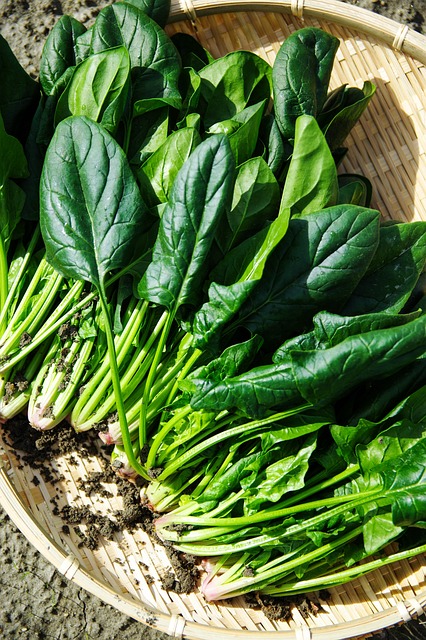
Spinach can be directly sown in the garden in early October. This fast-growing leafy vegetable prefers temperatures between 45°F and 65°F, making it perfect for fall planting. Spinach germinates best in cooler weather, typically within a week. You can expect a harvest in about 40 to 50 days. Furthermore, it’s a nutrient powerhouse, packed with vitamins A, C, K, and iron.
Carrots
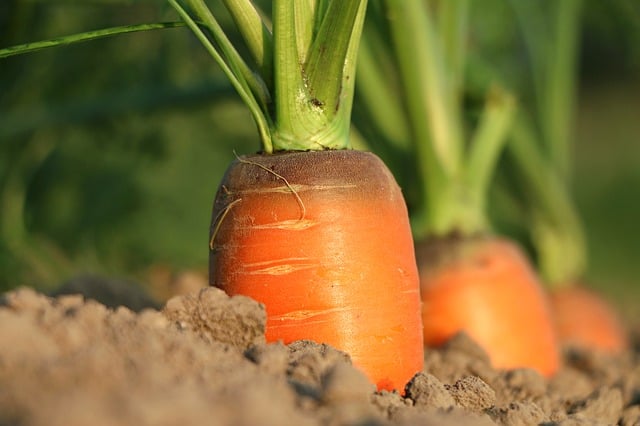
Carrots are well-suited for planting in October and can tolerate cooler soil conditions. Seeds can be directly sown in well-tilled soil that is free of stones and debris. Carrots prefer a temperature range of 45°F to 75°F, and while they take longer to germinate than other vegetables (usually around three weeks), they’ll be ready for harvest in about 70 to 80 days.
Beets

Beets are another excellent choice for October planting in Zone 8. They’re hardy and can tolerate frost, which can even enhance their sweetness. Beets prefer slightly cooler temperatures—around 50°F to 80°F—and thrive best in well-drained soil with good sunlight. When planted in October, you can expect to start harvesting them around two months later.
Lettuce
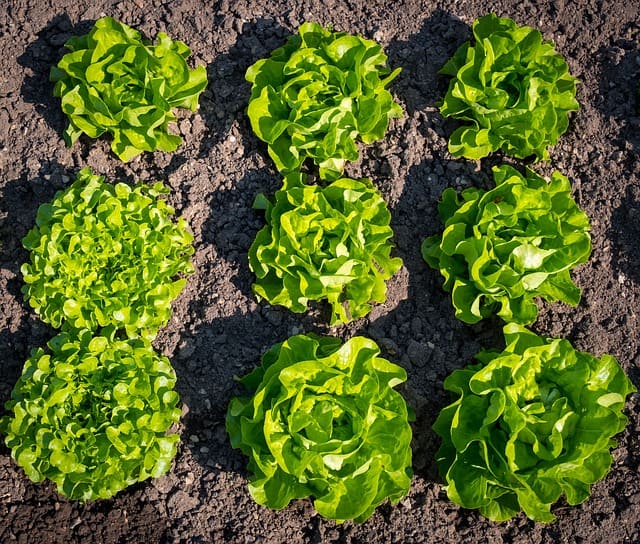
Lettuce grows quickly and can thrive in the cool conditions of early fall. Varieties like Butterhead, Romaine, and Leaf Lettuce can be directly sown in October. Lettuce prefers cooler temperatures (45°F to 65°F) for optimal growth, maturing in as little as 30 days. Be sure to provide some shade if the weather is still unseasonably warm during the day.
Radishes
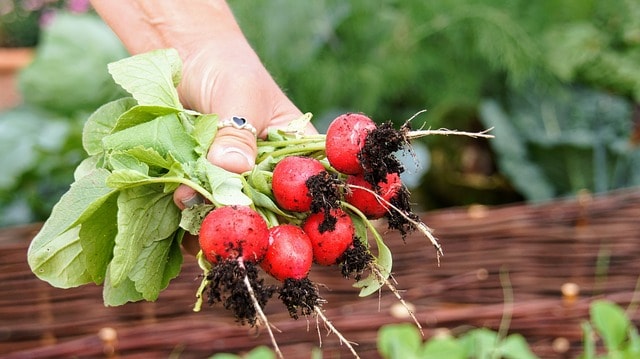
Radishes are among the fastest-growing vegetables, making them a favorite for fall gardens. You can easily sow seeds directly into the soil in October. They thrive in temperatures between 50°F and 70°F and can mature in as little as 25 to 30 days. With various colors and shapes available, radishes can add both flair and crunch to salads.
Peas
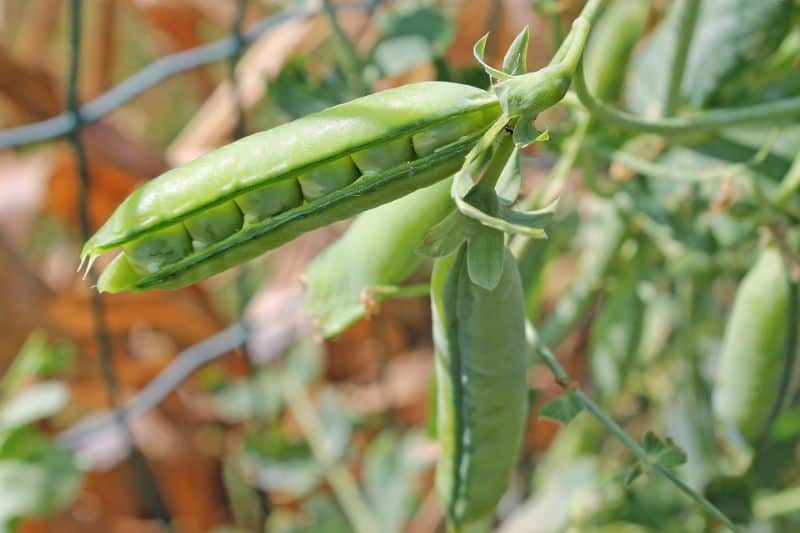
Peas are frost-tolerant and can be planted in October in Zone 8. They prefer cool temperatures (ideally 45°F to 70°F) and can be sown directly into the soil. Depending on the variety, peas typically take about 60 to 70 days to mature. You’ll be rewarded with sweet, crunchy pods for salads or fresh eating.
Garlic
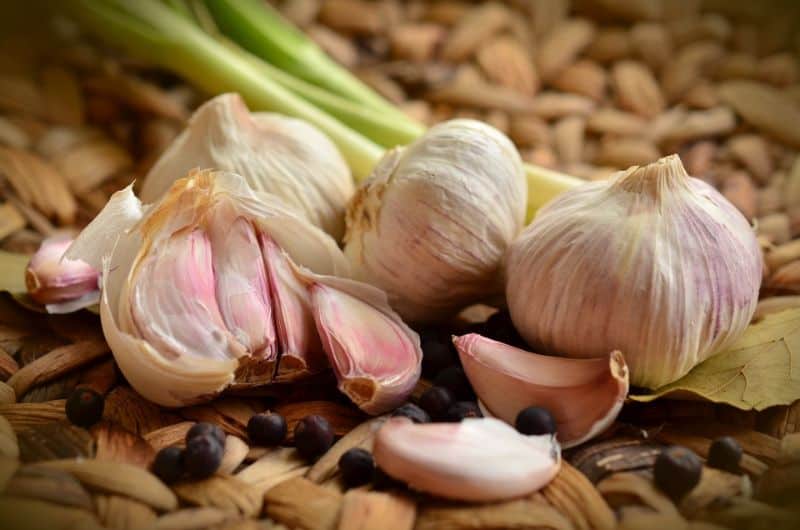
October is the perfect month for planting garlic in Zone 8, as this vegetable benefits from a period of cool weather before sprouting in spring. Plant individual cloves about 4–6 inches apart in well-drained soil, ideally in a spot that receives full sun. Garlic prefers temperatures between 60°F and 80°F and should be harvested the following summer.
Brussels Sprouts
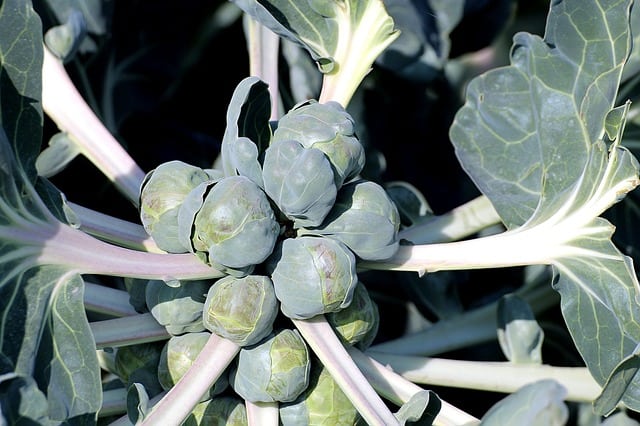
Brussels sprouts can be started in pots or directly in the ground in October, particularly transplants that are already a couple of months old. They can tolerate cooler temperatures, making them a suitable choice for late fall planting. Ideally, they like temperatures between 60°F and 70°F. These vegetables take about 90 days to mature, and harvesting can often continue well into winter.
Flowers To Plant
Gardening enthusiasts can also enhance their flower gardens in October. Zone 8 allows for a variety of blooms that not only provide aesthetic beauty but also support local ecosystems. Here are ten flowering plants that thrive during October.
Pansies
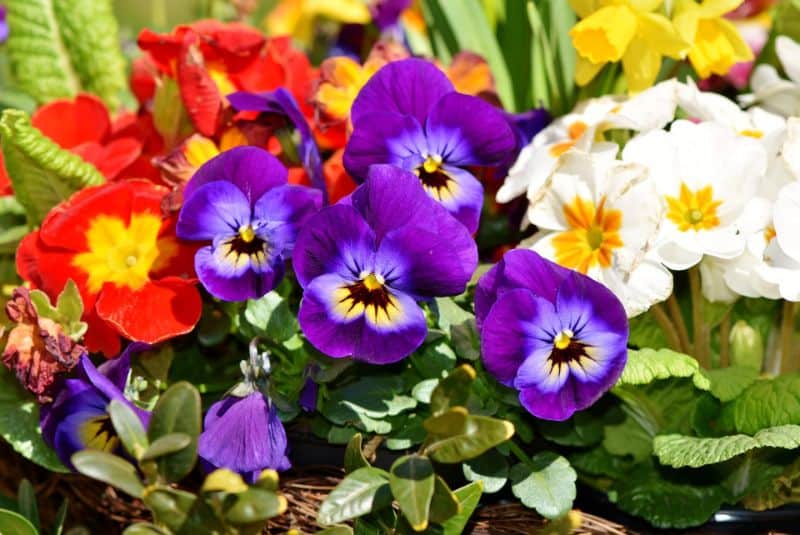
Pansies are the quintessential fall flower that lip up gardens during cooler months. They can be planted in October and will thrive in cooler temperatures, ideally between 40°F and 65°F. These hardy plants prefer well-drained soil and will bloom beautifully until spring, offering a vibrant palette of colors and patterns.
Violas
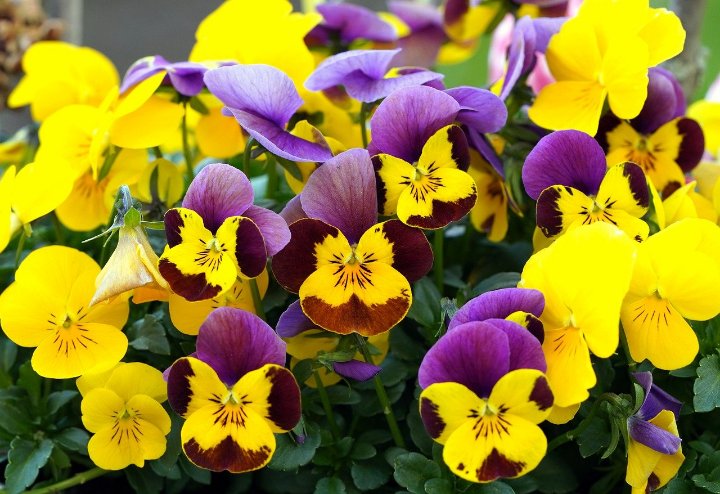
Violas are small, cheerful flowers that are perfect for October planting. Much like pansies, they can withstand colder temperatures and bloom from fall through spring. Plant them in full sun or partial shade, as they prefer temperatures from 35°F to 65°F. Expect a variety of colors and delightful fragrances from this hardy flower.
Snapdragons
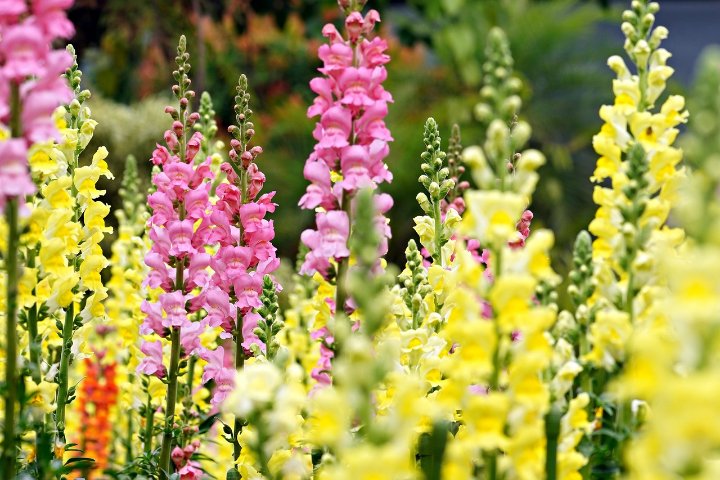
October is a great time to plant snapdragons in Zone 8. These flowers enjoy cooler temperatures and can thrive from 40°F to 70°F. Plant them in well-drained soil with good sunlight, and they’ll provide a stunning display of vertical blooms that attract pollinators throughout fall and into spring.
Dianthus
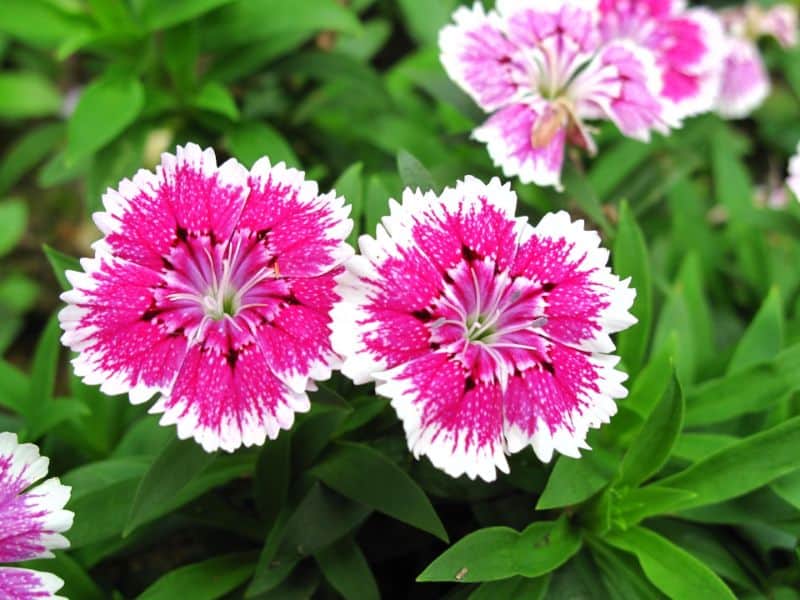
Dianthus, commonly known as carnations or pinks, are excellent for planting in October. They bloom from early spring to late fall, thriving in cooler conditions (between 50°F and 75°F). These flowers are drought-tolerant once established, making them low-maintenance and ideal for garden borders.
Mums (Chrysanthemums)
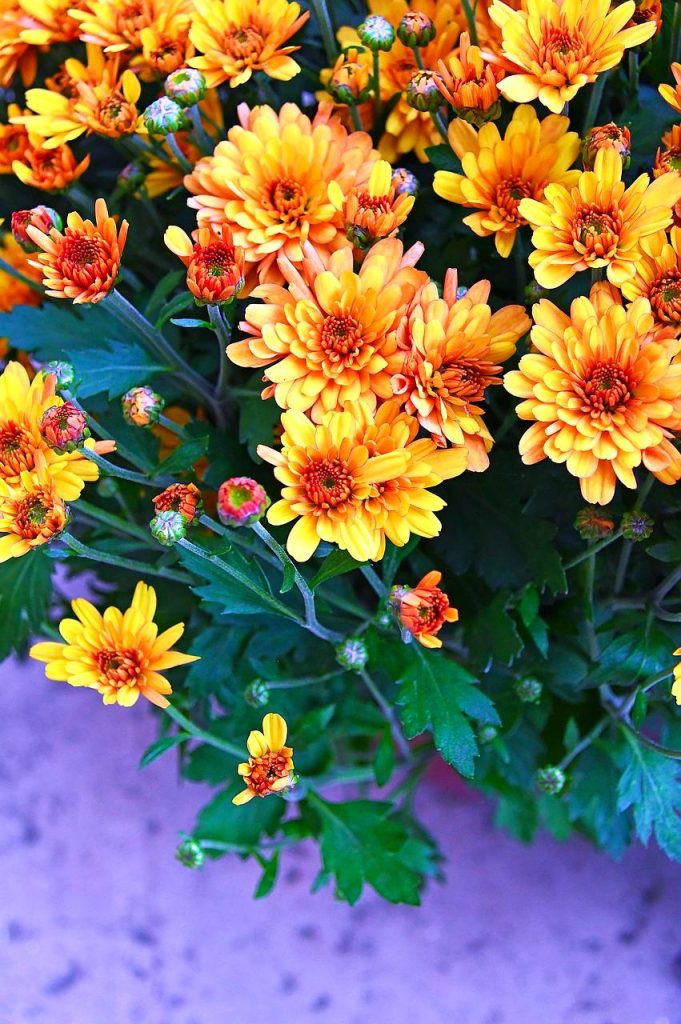
Chrysanthemums, or mums, are quintessential autumn staples in November gardens. They can be planted in October, preferring daytime temperatures between 60°F and 70°F. Mums are available in a variety of colors and shapes, adding depth and texture to your landscape. They do well in rich soil and full sun.
Ornamental Cabbage and Kale
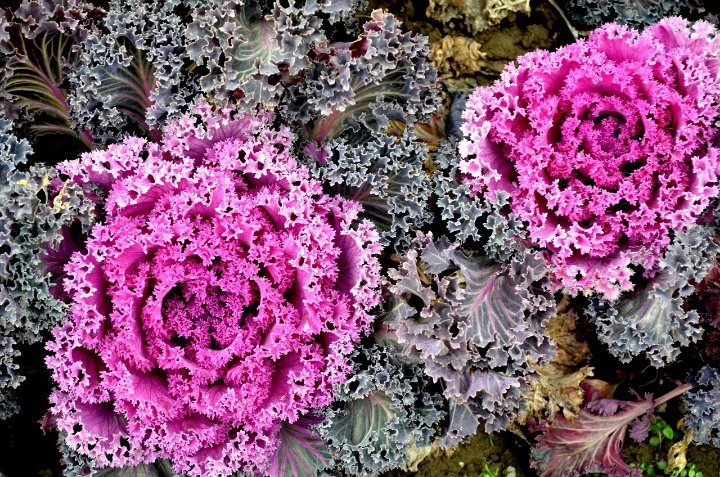
Ornamental cabbage and kale provide striking color and interest to your garden throughout the fall months. They are cold-tolerant and can thrive in temperatures as low as 20°F. Plant them in well-draining soil with plenty of sunlight to enjoy their beautiful rosettes in shades of green, purple, and white.
Asters
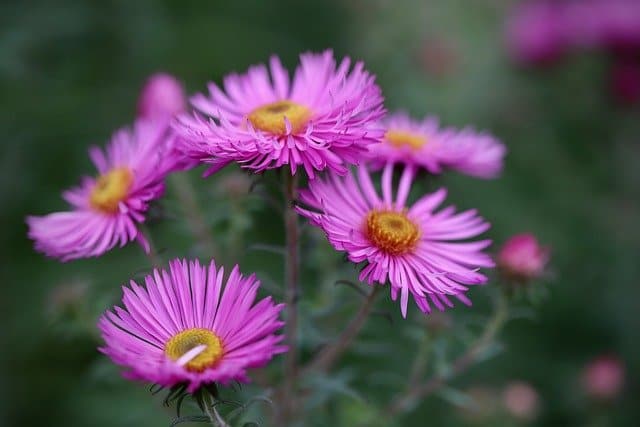
Asters add a lovely touch to gardens in October, providing blooms that can last until winter. These perennials thrive in average soil conditions and prefer cooler temperatures, ideally between 50°F and 70°F. Asters are excellent for attracting pollinators and can make beautiful cut flowers.
Calendula
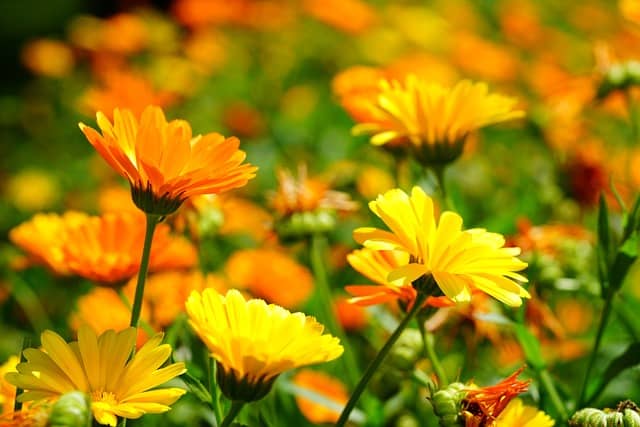
Calendula, or pot marigold, can be planted in October and will thrive in cooler weather. With temperatures ideally between 45°F and 65°F, these vibrant flowers provide bursts of orange and yellow color. They are not only beautiful but also offer medicinal properties, making them a beneficial addition to any garden.
Sweet Williams
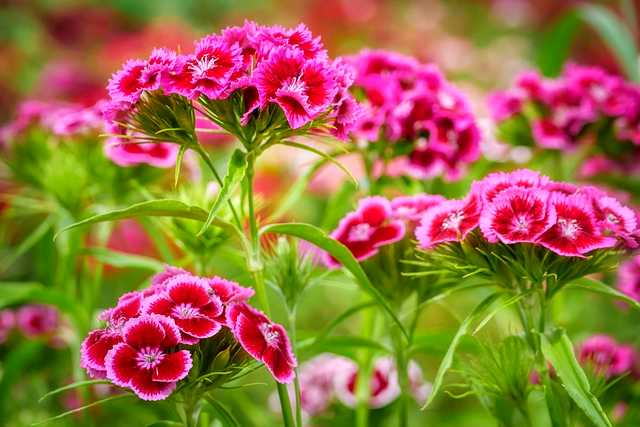
Sweet Williams are biennials that thrive in the cooler months, making October the ideal time to plant them. They prefer daytime temperatures around 50°F to 70°F and produce a breathtaking array of colorful flowers in spring. Plant in well-drained soil and full sun for the best growth.
Salvia
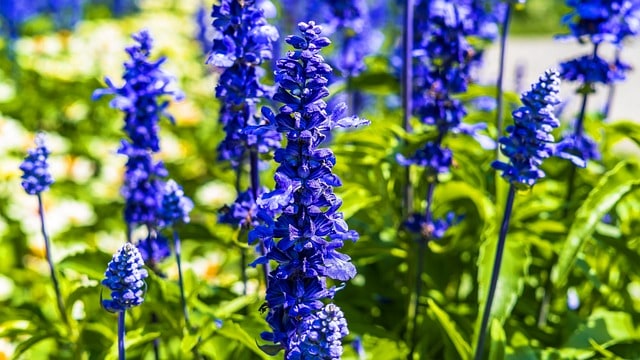
Certain varieties of salvia can also be planted in October in Zone 8. These vibrant perennials can handle the cooler temperatures and bloom beautifully from spring through fall. They prefer well-drained soil and need full sunlight to thrive, aiding pollinators throughout the growing season.
Herbs To Plant
October is also a fantastic time to establish a herb garden that can provide fresh flavors well into winter. Here are ten herbs that flourish in Zone 8 during October.
Cilantro
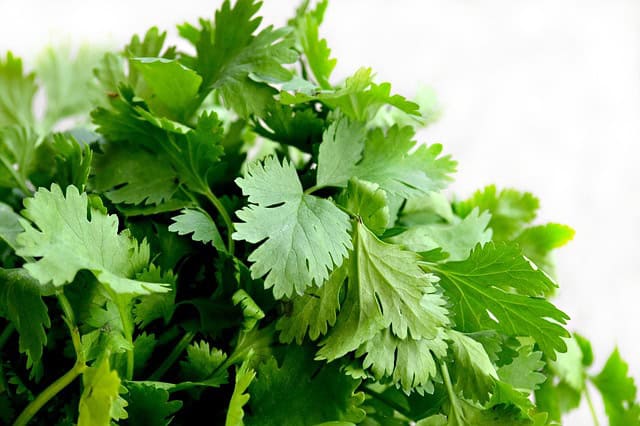
Cilantro is perfect for fall planting as it thrives in cooler weather. Seed directly into the soil where you want them to grow. Cilantro prefers temperatures between 50°F and 70°F and can be harvested in as little as three weeks. It will bolt to seed quickly as temperatures rise, so October planting allows ample time for growth before heat arrives.
Parsley
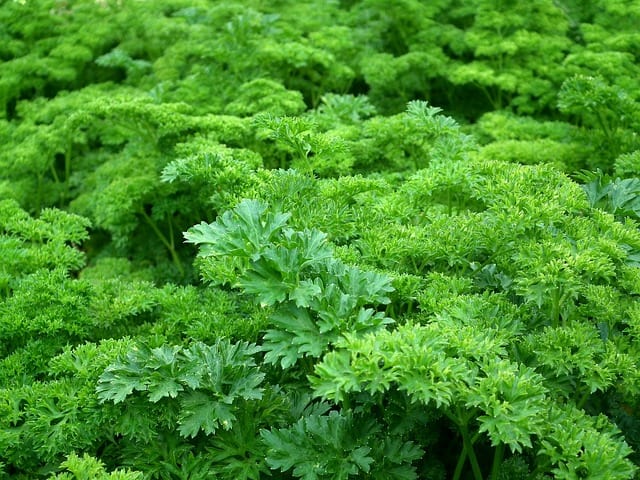
Parsley can be sown in October in Zone 8 and will thrive in cooler temperatures. Ideal conditions range from 50°F to 70°F. This hardy biennial has a long growing period and can be harvested starting in the early spring. It prefers well-draining soil and partial sunlight.
Chives
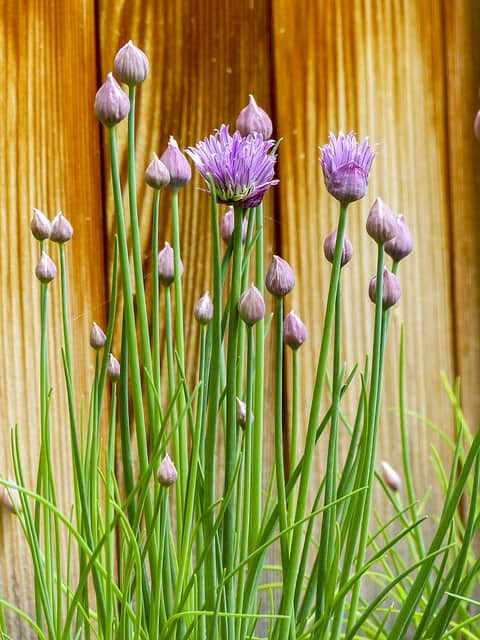
Chives are another great herb to plant in October. These perennial herbs are cold-hardy and can be planted in temperatures around 60°F or lower. Chives will return each spring and require little care beyond abundant sunlight and well-drained soil. This herb is perfect for culinary applications and adds unique flavor to various dishes.
Thyme
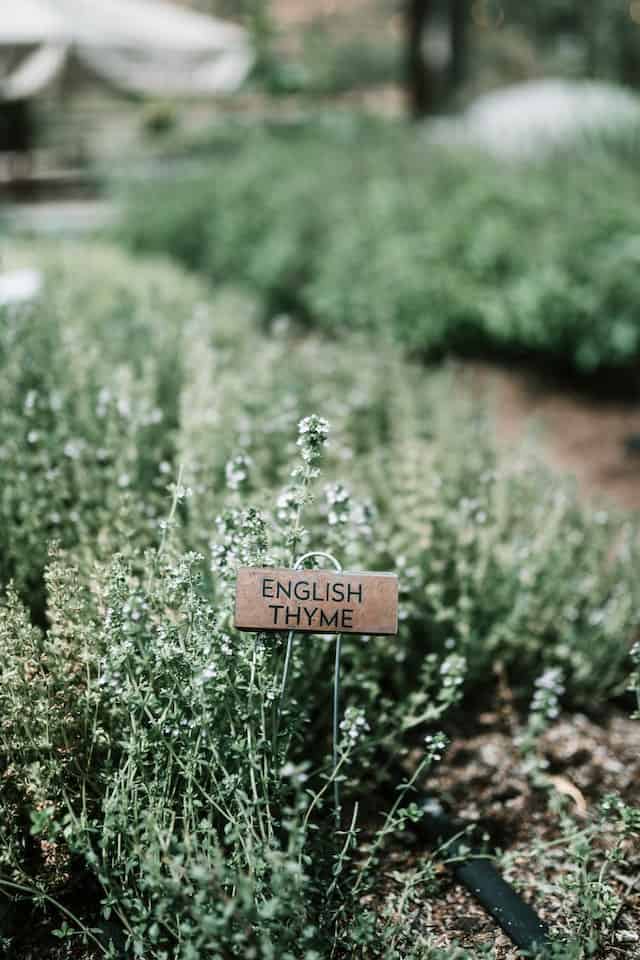
Thyme is well-suited for planting in October due to its cold tolerance. It thrives with temperatures around 50°F to 65°F and can endure light frosts. Plant thyme in well-draining soil in a spot that receives plenty of sunlight. Once established, this low-maintenance herb can continue to grow and be harvested throughout the winter.
Oregano
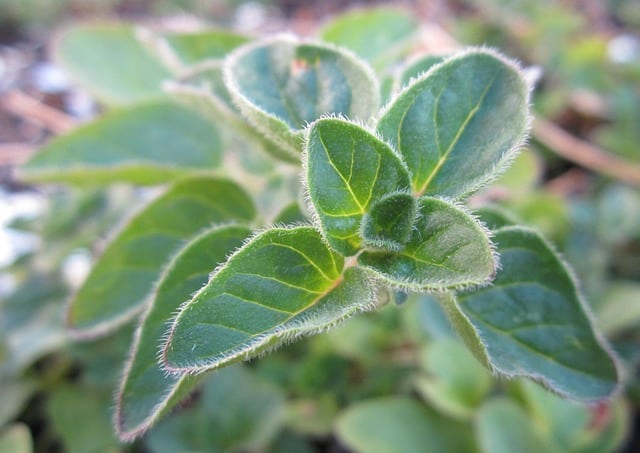
Oregano is excellent for fall planting, as it can tolerate cooler conditions. Ideal temperatures are between 50°F and 70°F. Oregano prefers well-draining, slightly alkaline soil and can be harvested throughout the growing season. Once established, it’s a resilient and beneficial herb to have in your kitchen garden.
Mint
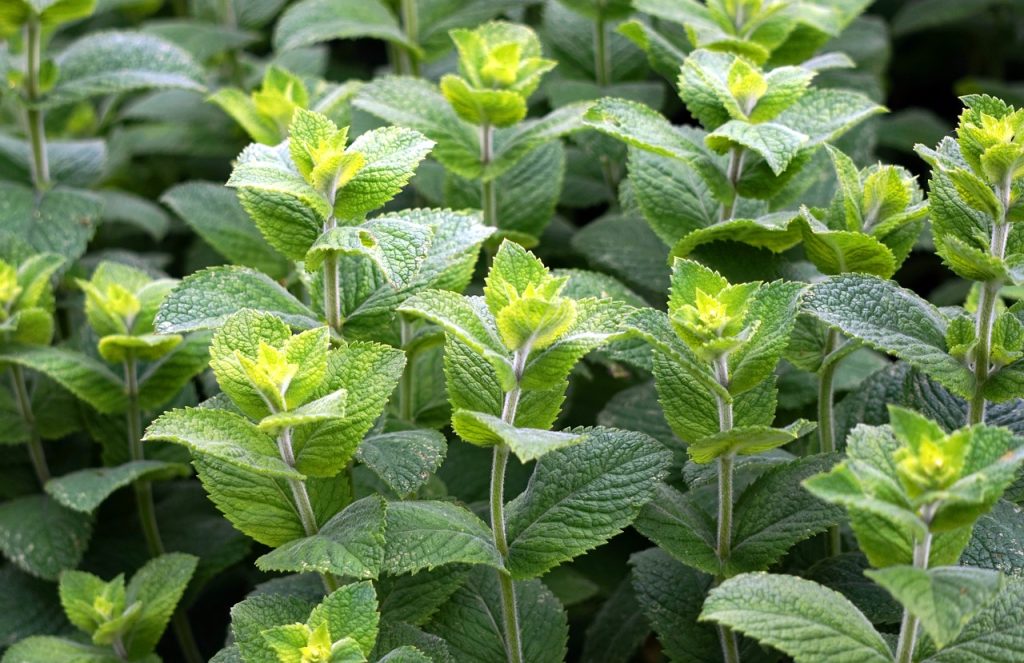
Mint can be planted in October, although it is a vigorous grower and may overtake your garden if not contained. This hardy plant thrives in temperatures from 45°F to 70°F and prefers moist, well-drained soil. Its refreshing leaves can be clipped for teas, cocktails, and cooking.
Dill
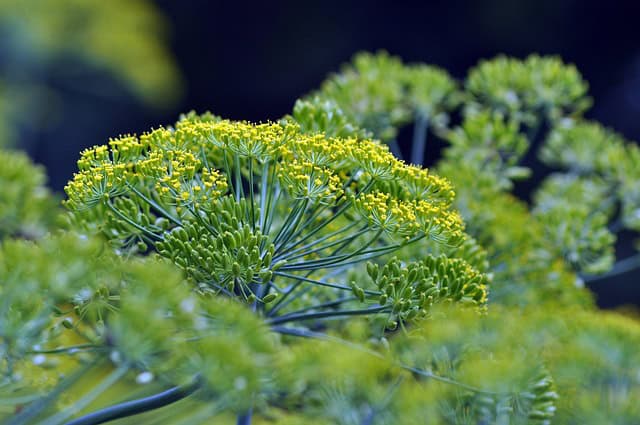
Dill is another herb that can be planted in October. It prefers cooler weather and is best competitive with temperatures from 50°F to 70°F. Dill can be directly sown into the garden soil and will start germinating within a week. You’ll enjoy fresh leaves for salads and garnishes in about 45 to 60 days.
Sage
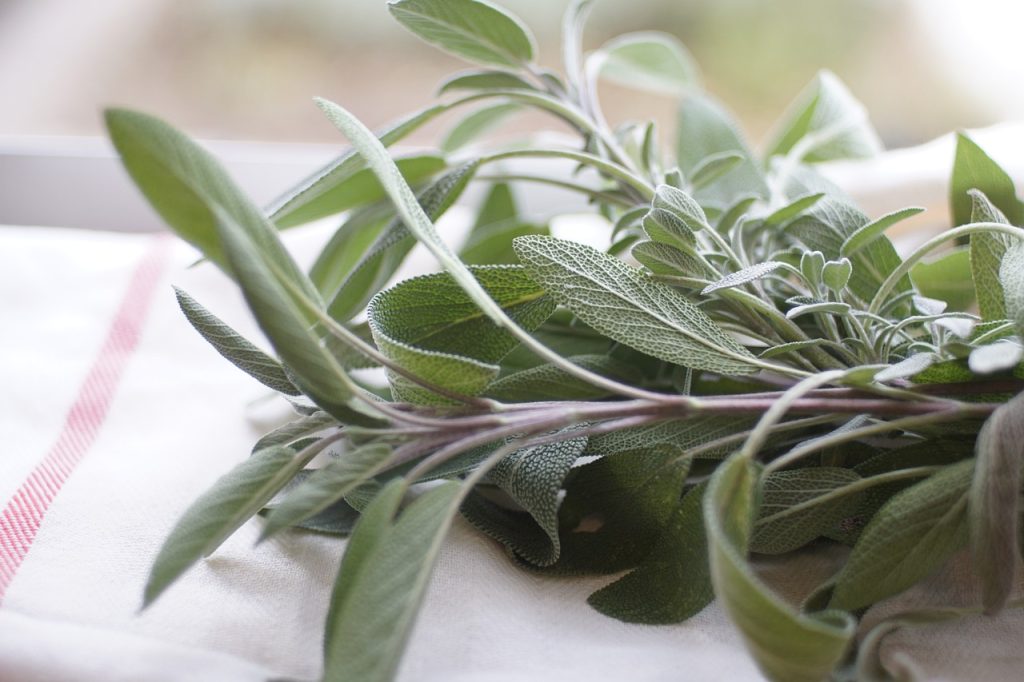
Sage is a resilient herb that can thrive in the fall garden. It’s cold-tolerant and prefers temperatures between 50°F and 70°F. Plant in well-drained soil with good sunlight for optimal growth. Sage is a perennial that adds herbaceous notes to culinary dishes and requires minimal maintenance once established.
Fennel
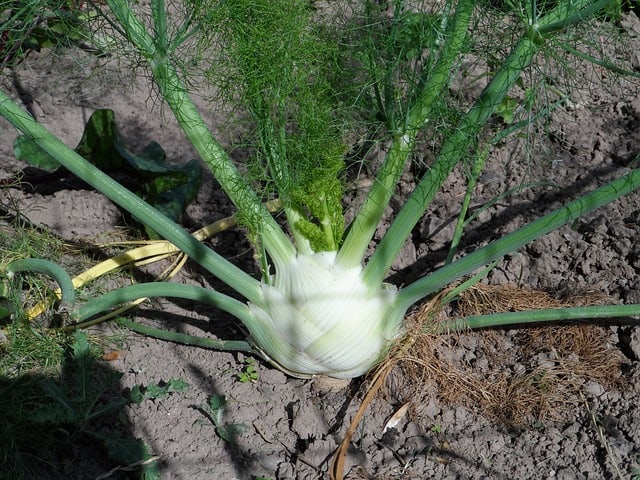
Fennel is a unique herb to plant in October. It grows well in cooler temps from 50°F to 70°F and prefers well-draining soil that’s rich in organic matter. Fennel can take around 80 days to mature, and both its bulb and fronds can be used for culinary purposes.
Tarragon
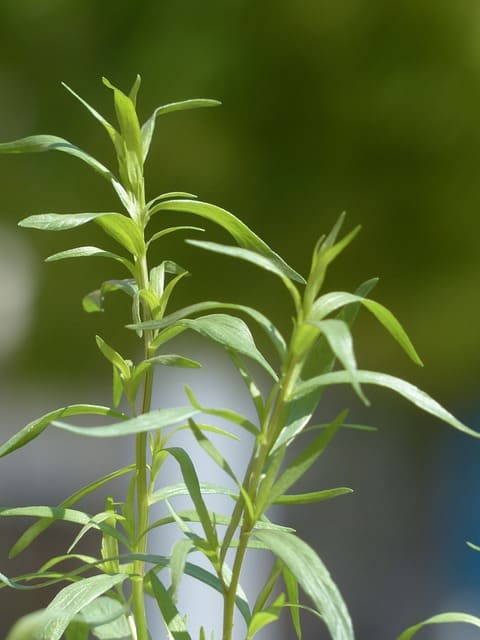
French tarragon is a lovely addition to fall gardens in Zone 8. It can be planted in October and prefers cooler temperatures (around 60°F). This hardy perennial does well in well-drained soil and full sunlight. Tarragon is a versatile culinary herb, enhancing the flavor of many dishes.
Landscape Plants To Plant In October
October is not just for edible gardens; it’s also an excellent time to enhance your landscape with a variety of perennials, shrubs, and trees. Here are ten landscape plants to consider for your October planting.
Azaleas
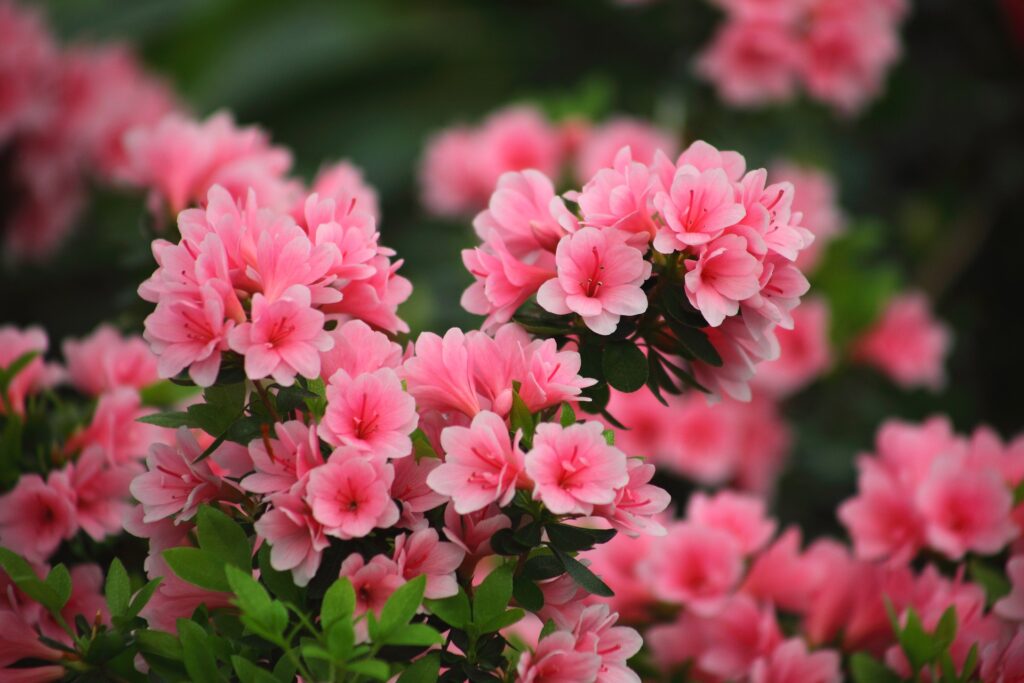
Azaleas are a staple in many gardens and can be planted in October to promote robust spring blooms. These shrubs thrive in temperatures ranging from 50°F to 75°F and prefer shaded areas with rich, well-draining soil. Planting in October allows them to establish their roots before the colder months.
Camellias
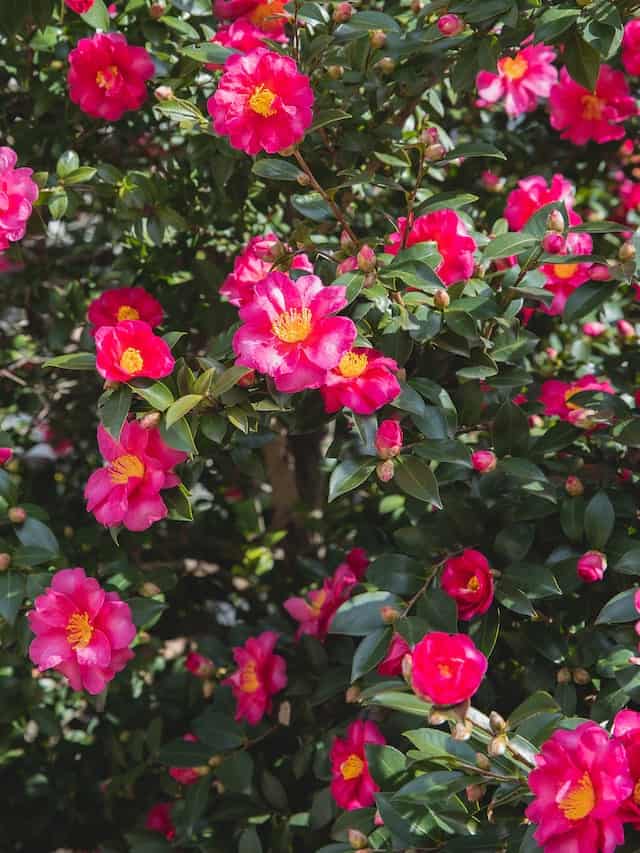
Camellias are stunning evergreen shrubs that bloom from late fall to early spring. Planting them in October, when temperatures are mild (between 50°F and 70°F), allows them to establish roots during cooler months. Camellias prefer well-drained, slightly acidic soil and can thrive in partial shade.
Ornamental Grasses
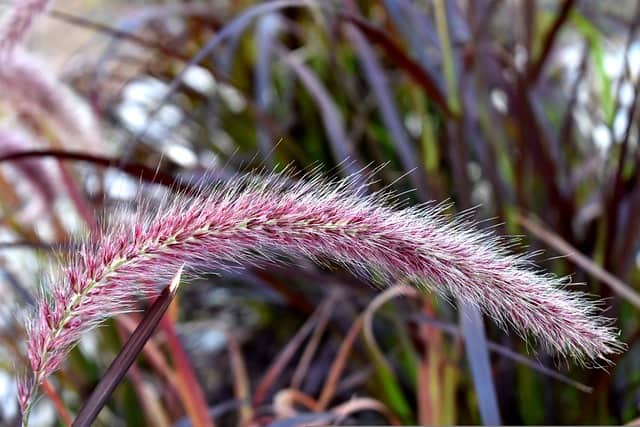
October is the perfect time to plant ornamental grasses such as Miscanthus or Panicum. These grasses are tolerant of cooler temperatures and can add texture to your landscape. They thrive in full sun and can grow in various soil types but prefer well-draining soil. Planting in October gives them enough time to establish before the colder weather sets in.
Hellebores
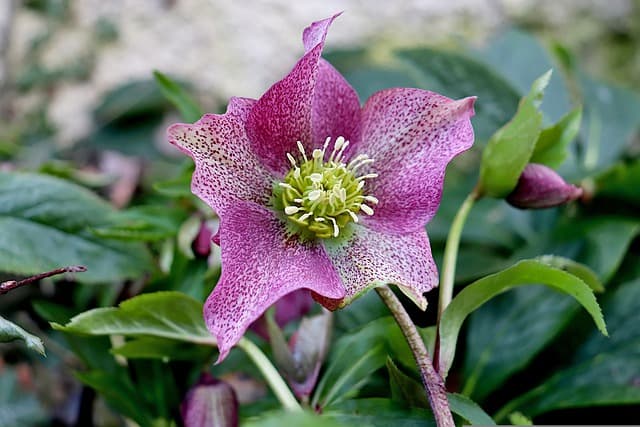
Hellebores are perennial plants that can be planted in October for delightful spring blooms. They prefer cooler temperatures (around 40°F to 70°F) and do well in shade or partial shade. Hellebores are known for their resilience and can bring color to your garden even in winter, making them a worthwhile addition.
Hydrangeas
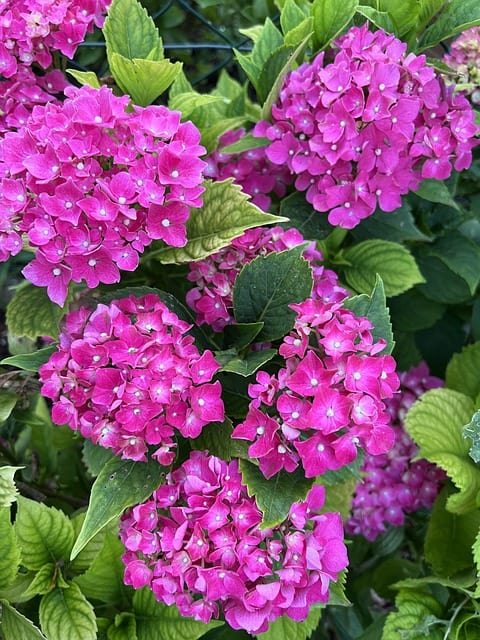
While hydrangeas are traditionally planted in spring, some varieties can thrive when planted in October, particularly those that require less maintenance, like Annabelle and Smooth Hydrangeas. These plants enjoy slightly cooler temperatures around 50°F to 75°F and prefer rich, well-draining soil.
Daylilies
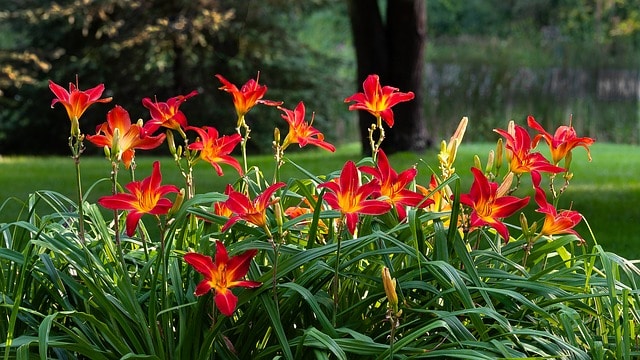
Daylilies are hardy perennials that can be established in Zone 8 during October. They thrive in full sun and will tolerate a variety of soil conditions. With daytime temperatures ranging from 50°F to 70°F, planting in October allows them to establish roots that will lead to stunning blooms in the following growing season.
Boxwoods
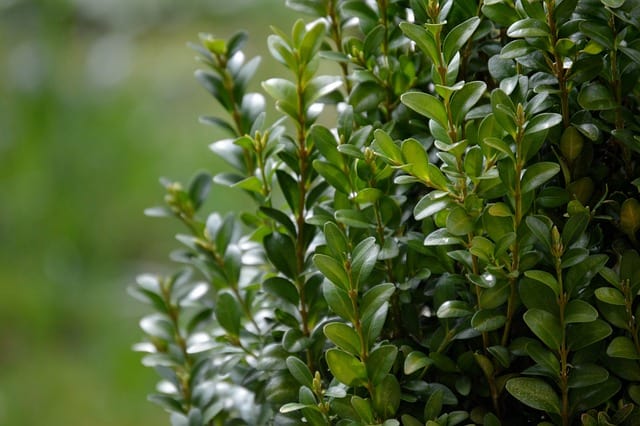
Boxwoods are evergreen shrubs that are ideal for landscape planting in October. They can tolerate cooler temperatures (around 40°F to 65°F) and prefer well-draining soil. This versatile shrub is perfect for creating hedges or topiaries and can add year-round structure to your garden.
Liriope
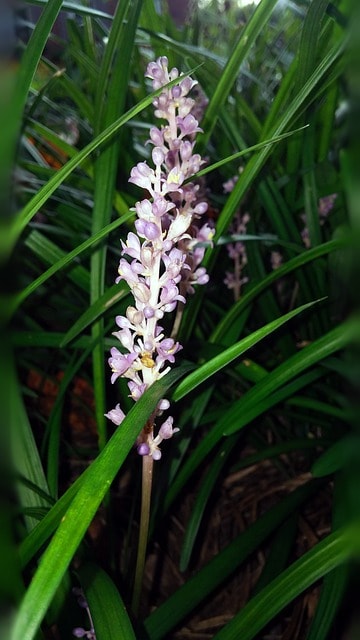
Liriope, commonly known as monkey grass, is an excellent ground cover that can be planted in October. It prefers full shade to partial shade and is tolerant of varying soil types. With a preference for temperatures around 50°F to 70°F, planting this resilient perennial in fall ensures robust growth in the spring.
Rosemary
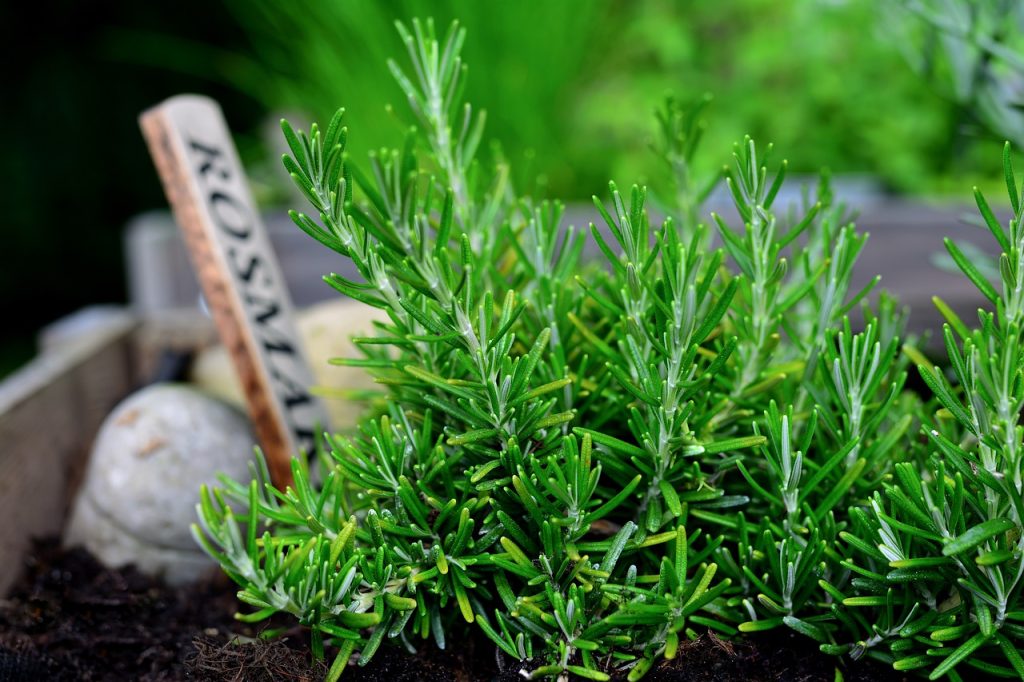
Though often thought of as an herb, rosemary can also serve as an attractive landscape plant. This evergreen shrub thrives in warmer temperatures but can be planted in mild October conditions. Rosemary prefers well-draining sandy or loamy soil and full sun, rewarding you with fragrant foliage and beautiful blooms in warmer months.
Shasta Daisies
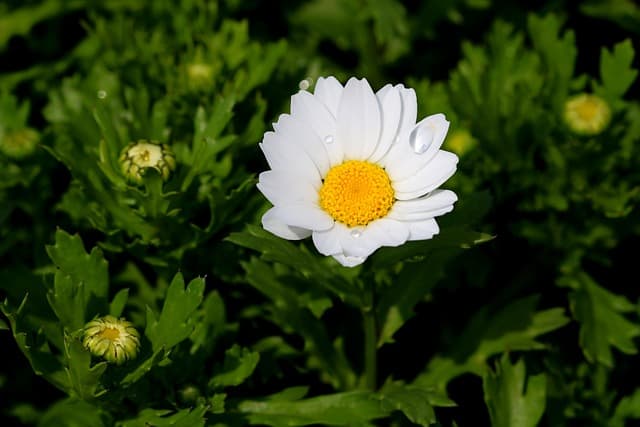
Shasta daisies are cheerful perennials that can be planted in October for spring blooms. They prefer full sun and thrive in well-drained soil with temperatures generally ranging from 50°F to 70°F. These long-lasting flowers not only brighten the garden but also attract pollinators.


